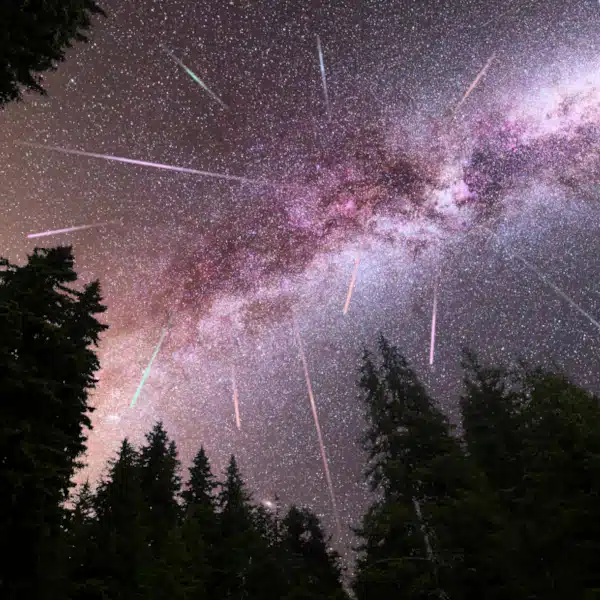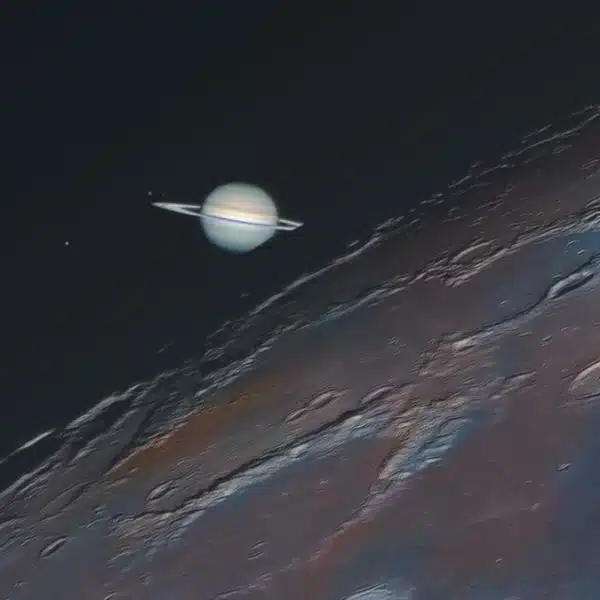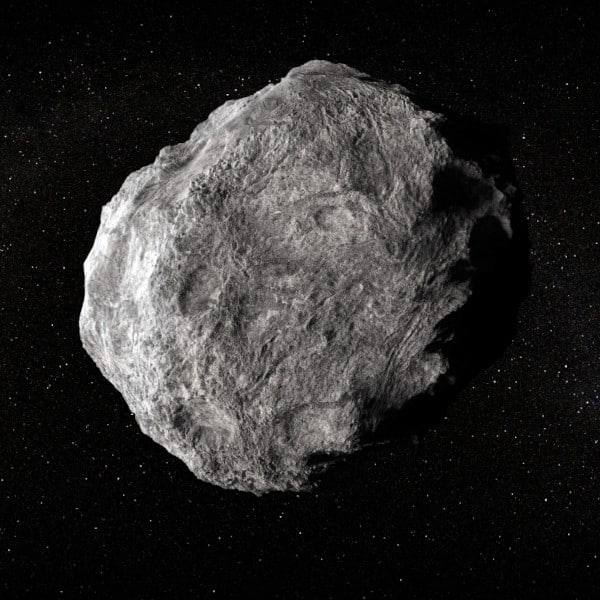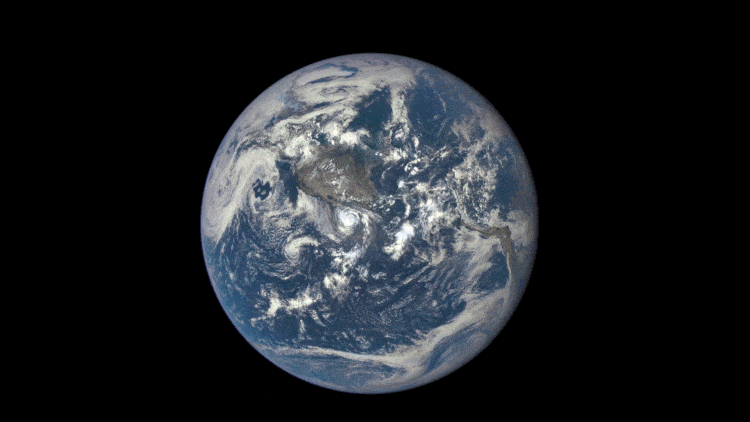
Though it may look like a CGI animation, this gif of the Moon transiting Earth is very real. And what's even more incredible is the side of the Moon that's visible in the imagery. Taken in 2015 by a camera aboard NASA's Deep Space Climate Observatory (DSCOVR) satellite, it shows the elusive “dark side” of the Moon.
Though from Earth it appears dark, this side of the moon as shown in the gif is fully illuminated and visible thanks to the satellite's strategic position. The DSCOVR satellite, which is still operational, orbits 1 million miles from Earth. Situated between the Sun and the Earth, its primary job is to monitor real-time solar wind for the National Oceanic and Atmospheric Administration (NOAA).
The public is able to see this incredible sequence of images thanks to NASA’s Earth Polychromatic Imaging Camera (EPIC). This four-megapixel camera and telescope aboard DSCOVR is aimed at the fully illuminated Earth and keeps careful watch as it rotates.
Twice a year, EPIC views an event that certainly is “epic” when the Moon transits Earth. In the gif, we see the Moon pass over the Pacific Ocean in a sequence that was taken over the course of nearly five hours. As the Moon moves across the Earth, a slight green line is visible on the righthand side. That's because the “natural colors” of the photos that EPIC produces are due to it combining three separate monochrome exposures taken by the camera in quick succession.
EPIC actually takes 10 images using special filters, including ultraviolet and near-infrared. For color images, the red, green, and blue channel images are used. Because the Earth moves slightly between each exposure, when they are combined there is a slight offset that is most visible in the Moon.
This incredible view of the “dark side” of the Moon is rare but it isn't a first. That honor goes to the Soviet Luna 3 spacecraft, which delivered the first images in 1959. Also known as the far side of the Moon, it's actually not any darker than the side of the moon that faces Earth. In reality, it receives two weeks of sunlight that alternates with two weeks of darkness—the same as the near side of the Moon. In this context, “dark” actually means unknown rather than lacking light.
If you want to see more images incredible satellite imagery, NOAA has collections that are continuously updated.
Twice a year, DSCOVR satellite's camera EPIC captures the Moon transiting Earth.
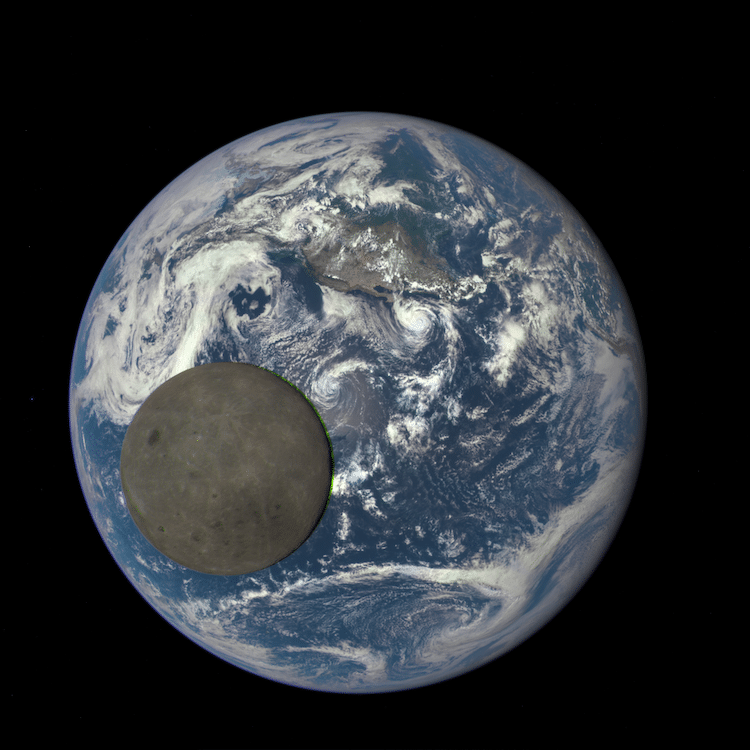
All images via NASA/NOAA.
Related Articles:
Interactive Map of Earth’s Vegetation Rendered Through NASA Satellite
Satellite Images Capture Giant Underwater Volcano Eruption Near Tonga
It Took 100,000 Photos to Put Together This 230-Megapixel Picture of the Sun
NASA Publishes Extraordinary Satellite View of California Wildflowers in Bloom











































































